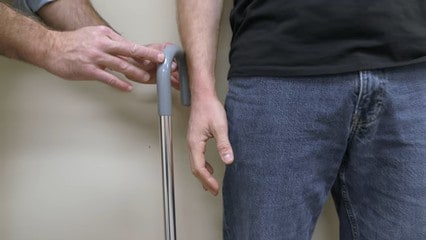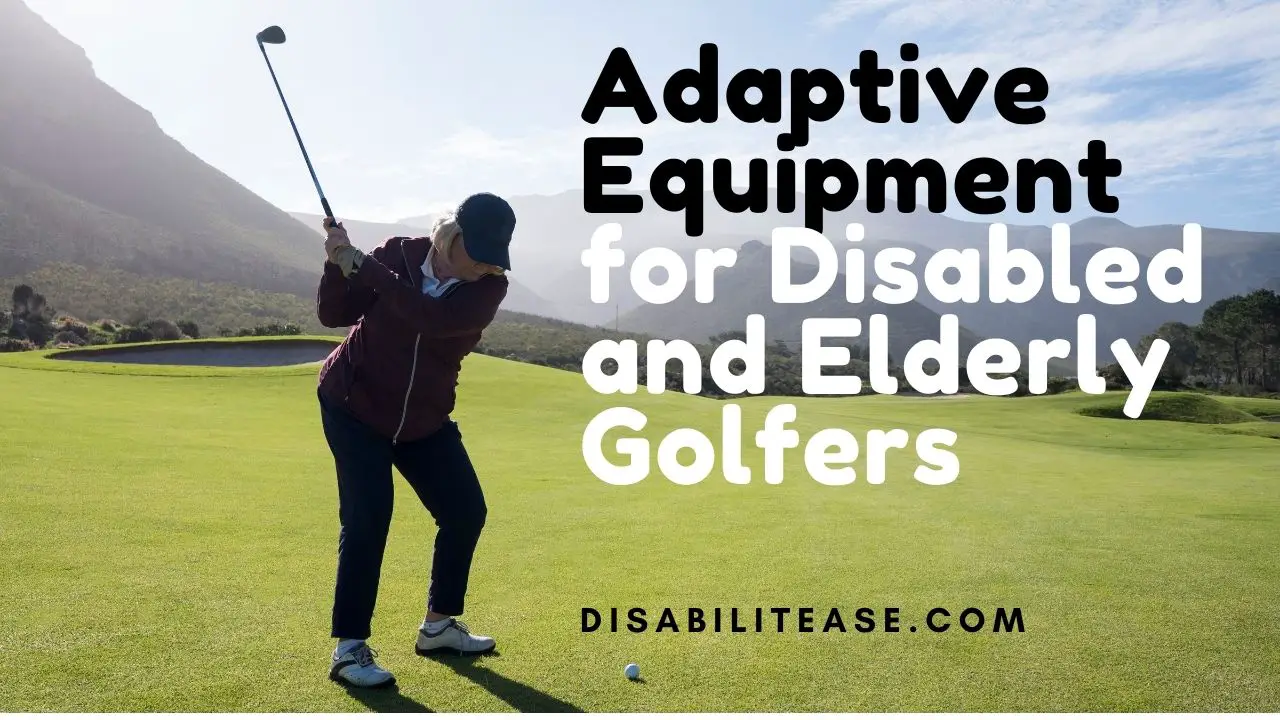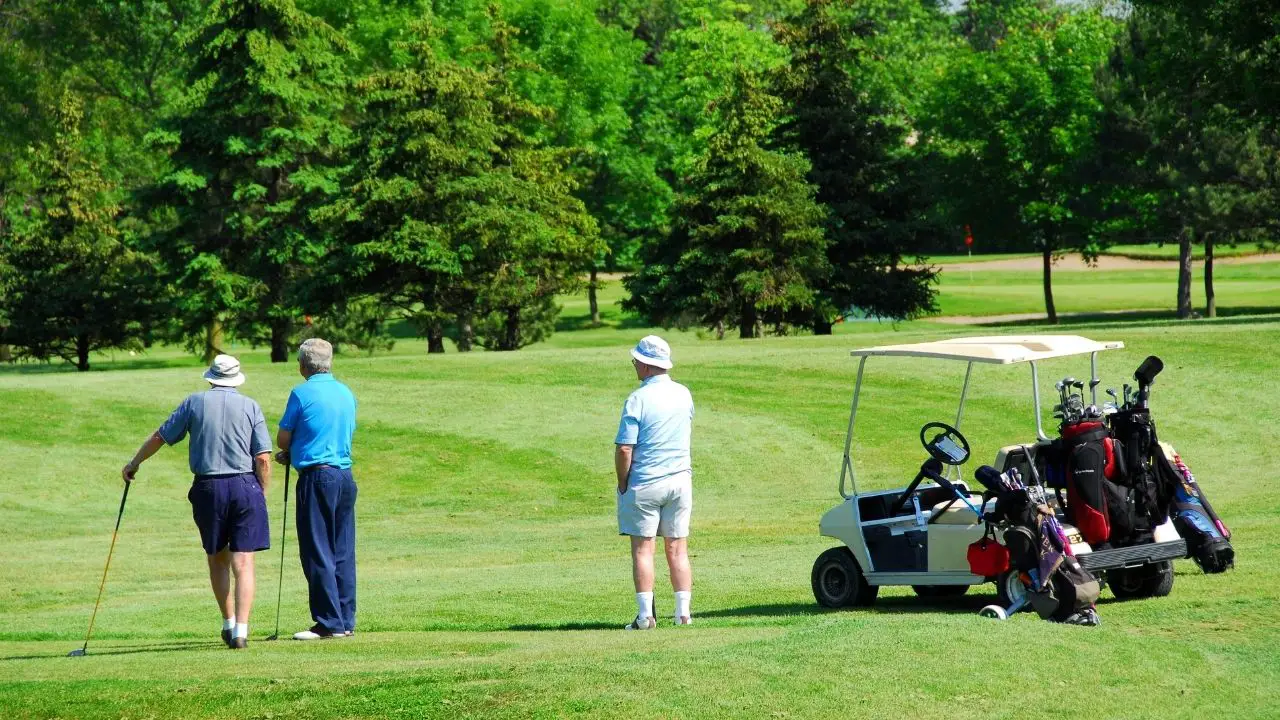Do you have a weak ankle or a broken leg or knee? The use of canes helps in walking during this injury time as well as helping you avoid putting a lot of weight on the weak or injured leg.
The cane also gives you balance and stability to be able to stand on your own, walk, and even perform some home chores. At the start of using a cane, one may need a little help, especially if the condition of the ankle is too vulnerable.

Getting used to walking with one is a whole process that needs attention to ensure you do not end up making the injured ankle worse.
I have also written a related article that you need to check out about the different types of canes for walking.
As the saying goes, practice makes perfect, with the time you attain your walking style with your cane and confidence when walking. This shows that they have learned to use a walking cane successfully.
A cane is very helpful when you have a disturbed ankle. How do you then ensure that you are using it the correct way?
Table of Contents
How To Use a Cane With a Bad Ankle?
There are key things to consider when learning to use a cane which are;
Appropriate placing:

How do you position your cane when standing? If you are in an upright position, the top of a cane is supposed to be at the pleat of your wrist and the elbow slightly bending as you hold your cane.
Hold the cane in the opposite hand to he one with the injury. For example, if the left foot ankle is injured, the cane should be held in the right hand. This is the right way to hold your cane and minimize any further pain on the bad ankle.
How to walk correctly with a cane:
The cane should be moved ahead of you with just a small step and then injured leg should take the next step of your walking. The ‘good’ leg finishes the steps. This ensures that no weight is put on the injured ankle.
How to go through the stair correctly with a walking cane:
This might seem like one of the most difficult tasks to put up to when you have an injured ankle. However, with the following simple steps, it becomes easier and more stable. To go upstairs, remember the cane should be on the opposite hand with the injured leg as the first point. Secondly, use your free hand to get hold of the guardrail. The ‘good’ leg should go first in this case, followed by the injured leg.
To come down the stairs:

The cane should be put on the step, followed by the injured leg and then the ‘good’ leg. By doing this, you will have ensured that all the weight rests on the leg with no injury. Following these steps correctly should make you feel more comfortable, balanced and reduced pain and strain.

Other important factors that you need to note when learning to use a cane include knowing the correct length/height, the right type of cane depending on the severity of the ankle injury and then holding and using the cane.
When Use A Cane?
- You need to aware of the severity of your ankle and the kind of help you need. This is because, with the use of a cane as a walking aid, all the weight is transferred to the wrist. They are therefore recommended in the case of a small injury to help in the stability and balance.
- Choose the most appropriate and comfortable style of your cane. Canes have a wide range of variety which are designed differently for every user and injury. Some of the main things to look into are the color, grip, shaft and the bottom of the cane. The shaft, which is the top of the cane, should give comfort while the ferrule should be rubber to give total stability.
- The length/height of the cane should be fit for you. If your cane is too small, you will need to bend to reach for it which makes it strenuous. The too big length makes you lean more towards the side of the injured ankle, which may lead to more pain and instability.
- Hold the cane on the hand with the uninjured leg. Did you know that during walking we stride with our feet/legs and swing our arms at the same time? This happens in an alternate way where the right foot takes a stride with the swing of the left arm.
In conclusion
Learning to use a cane is simple with these steps taken into account and practice. Avoid doing it anyhow as it may cause more damage to the injury.

Hi, my name is Eddie, I am a professional trainer specializing in the elderly population and I’m also a website designer. I love training in the gym, going to the beach, traveling, and having good food.
I combined my love for sport and website designing to make “DisabilitEase” whose purpose is to help elderly and disabled people live a more full and active life, have more fun, and enjoy their unique journey despite any disability.



